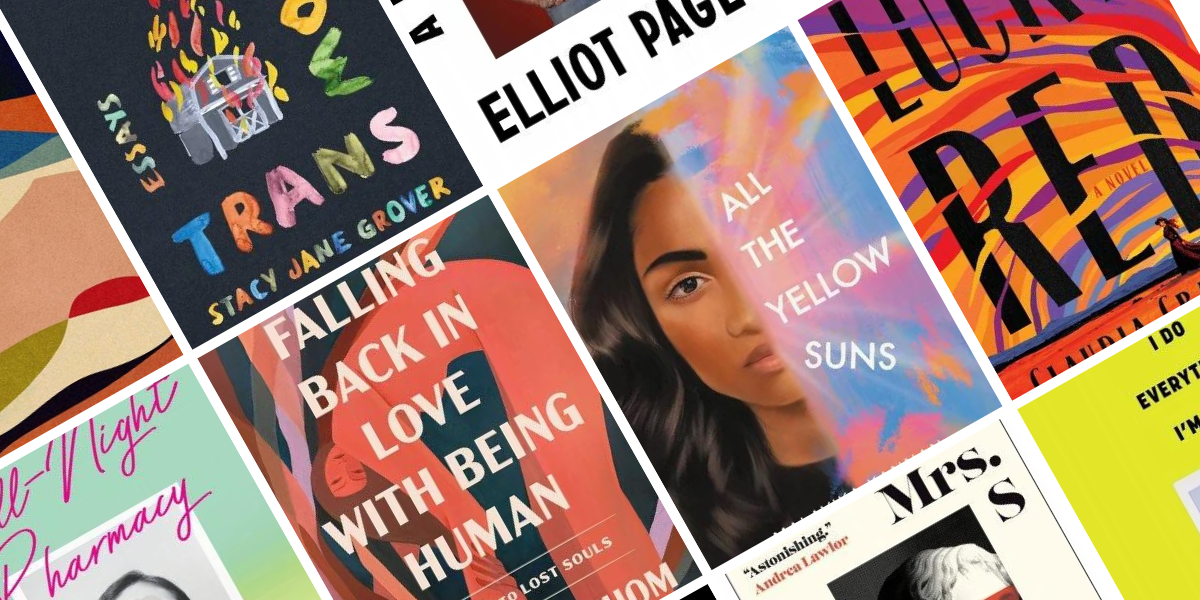
book lists
81 Queer and Feminist Books Coming Your Way Summer 2023
Casey
Jun 6, 2023

Known in some internet circles as Casey the Canadian Lesbrarian, Casey Stepaniuk is a writer, librarian, and new parent. She writes for Book Riot and Autostraddle about queer and/or bookish stuff. Ask her about cats, bisexuality, libraries, queer books, tea, and her baby. Her website is Casey the Canadian Lesbrarian. Find her on Twitter, Litsy, Storygraph
Goodreads
and Instagram.